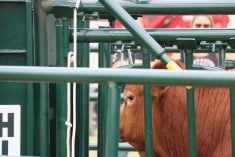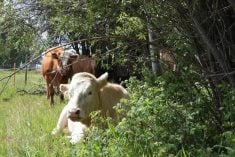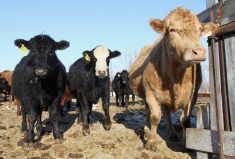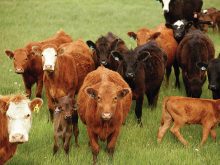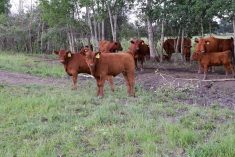There are many different causes of lameness in both the cow-calf and finishing sector of the cattle industry.
Making the correct diagnosis or recognizing specific clinical entities will alter specific treatments that are given. This article will review most common lameness issues and what common solutions are available.
This may help you get more favourable outcomes and potentially use fewer antibiotics. Remember lameness is the symptom caused by pain. We need to find the cause of that pain.
Pain control can be justified in many cases and used to either help with recovery or ease the pain until other things can be done.
Read Also
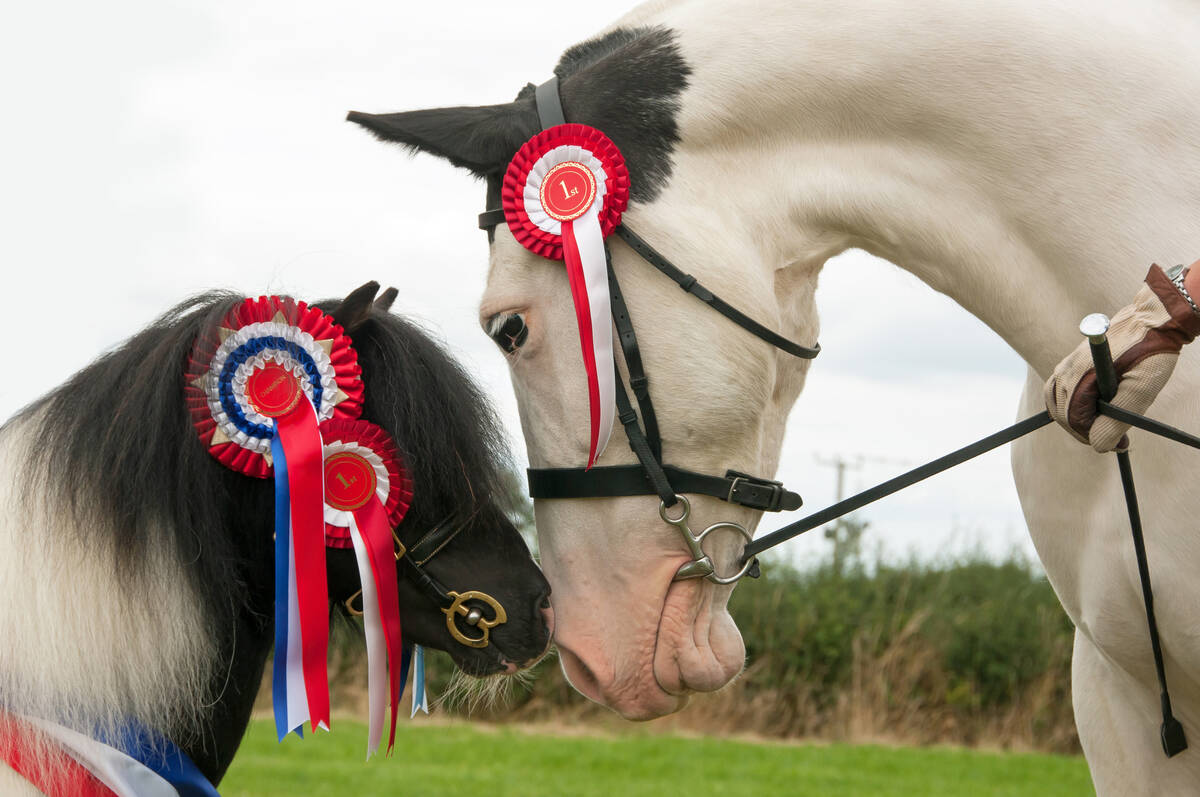
Linebreeding horses drives genetic bottlenecks
Too much linebreeding and prioritizing pedigree can narrow genetic diversity and lead to horse health problems in future generations.
There are infectious versus non-infectious causes of lameness. Trauma or injury are examples of non-infectious causes of lameness, so antibiotics are often not necessary. Sometimes just waiting a day will see a resolution of the lameness, which indicates the problem was a sprain strain or sole bruise. Most producers diagnose lame cattle as ‘foot rot’ and give antibiotics. Some recover but many don’t, as foot rot is not what the animal is dealing with.
Before making that call, have as good a look as you can.
With the animal walking and then in the chute, the whole leg should be checked over and the foot lifted up. Classical signs of foot rot are the swollen foot with toes spread apart and often an open smelly wound between the toes. If the area is cleaned up, they often respond nicely to one course of antibiotics. If they don’t, it is most often something else.
In wetter conditions in some farms and feedlots, digital dermatitis is increasing in incidence. These cattle are extremely sore, especially over the back of the foot into the heel bulbs. They often try and walk on their tiptoes to avoid the back of the hoof and heel bulbs contacting the ground. They can become chronic and hard to treat, but tetracycline sprays or bandaging with tetracycline antibiotics (and potentially the use of footbaths) is what your veterinarian may recommend. If wrapped though they need to be removed in a day or two tops. Wraps can hold in moisture and worsen the condition, so be careful.
Another type of lameness, primarily found in feedlots, is called toe-tip necrosis and it develops just how it’s described. The bony end of the last bone in the toe gets necrotic or dead and causes tremendous pain over the end of the toe and almost a three-legged lameness. This condition is more often seen in fractious cattle and it’s believed it may start with transportation or processing of cattle.
I am convinced we need to make good traction for cattle a top priority in our chutes and alley systems. The struggling and pushing against these rigid traction bars may pull away the sensitive part of the toe. Then the hoof gets lifted off and the process starts. This leads to cattle becoming chronically and severely lame. In such cases, removing the tip of the toe to facilitate drainage may be curative. You can see foot rot and digital dermatitis can be relatively easy to treat, whereas toe-tip necrosis is not. Some veterinarians are even amputating the toe on a case-by-case basis with good results.
The last three examples foot rot, digital dermatitis, and toe-tip necrosis all carry vastly different treatments and prognosis. You may often need the help of your veterinarian to help you diagnose these different types of lameness involving the foot. The cases need to have individual treatment time and attention paid to them.
Dr. Karin Orsel an experienced bovine veterinarian at the University of Calgary faculty of veterinary medicine gave a great presentation at the UCVM Beef Cattle Conference on helping producers come up with a diagnosis of the type of lameness. Close examination of the feet and legs of our livestock when lameness is detected is critical to making the correct diagnosis. Taking a good video of the lameness that can be replayed will definitely help and provides a comparison later to see if the lameness is improving. Even the facial expressions of the cattle can help determine if the lameness is painful. Lameness also creates one of the highest levels of pain so often painkillers are part of the treatment prescribed by veterinarians on their lameness protocols. We now have painkillers approved for injecting, given orally, and in a pour-on product. Each has different withdrawal periods.
It could be argued that painkillers facilitate healing and recovery more than antibiotics do. With foot rot, cleaning the wound out and allowing air in will kill the organism. With digital dermatitis, topical (and not parenteral) tetracycline is more effective. With toe-tip necrosis, facilitating drainage or the toe amputations are the curative measures taken. Straight sole abscesses that we often see in dairy cows or breeding beef bulls also clear up rather quickly once drainage is established. You may see cattle throwing the lame leg in or out trying to avoid weight on the claw that is affected.
Other types of lameness may be caused by joint infections, which are often caused by mycoplasma or histophilus (two bugs that can also cause pneumonia among other things). Your veterinarian may need to culture these joints to see what the bug is. Although recovery is not likely, there may be preventive measures for the rest of the herd.
Trauma and/or nerve damage round out most of the common causes of lameness in most cattle.
Mature cows and bulls can develop bad cracks, corkscrew and other hoof deformities as well as interdigital fibromas (corns). Again with careful observation, these issues can be detected and your veterinarian or a good hoof trimmer may be able to improve the situation. Septic arthritis of the last joint underneath the hoof results in a severely lame cow or bull, and often results in claw amputation or drilling out the joint by your veterinarian under anesthesia so it will fuse. A sound animal with an enlarged claw is the result.
You can see that with every type of lameness, there are many different causes and treatment options your veterinarian may use.
With most, antibiotics are often not the answer and each case must be evaluated individually. If cattle don’t respond to the treatment, it is imperative to have another look.
Next time you’re going to treat lameness because of the diagnosis of foot rot, I want you to ask yourself two things: Is it really foot rot or something else? And are antibiotics necessary?
If it is something you have not seen before, then perhaps your veterinarian should be advised so he or she can help you with the diagnosis and to develop a protocol for that type of lameness in the future.
The outcome will be more favourable and while painkillers may be prescribed in most cases, less antibiotics will be used.





